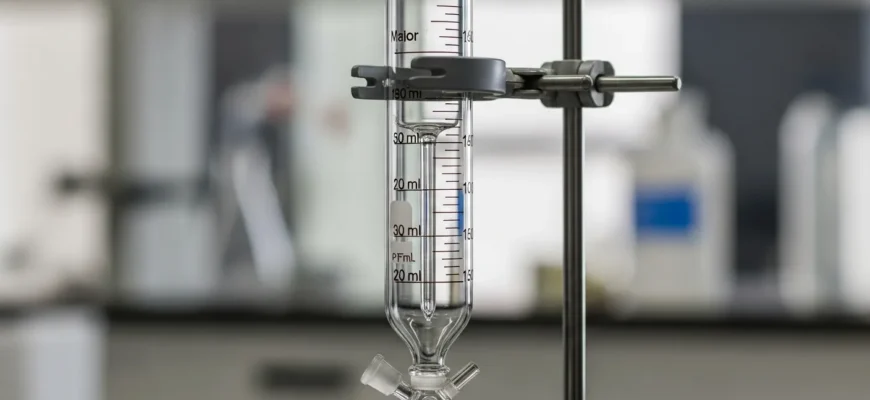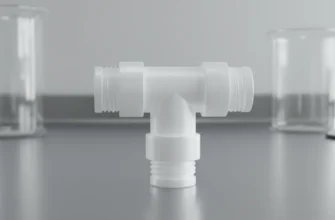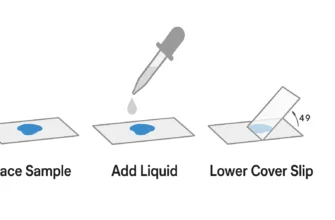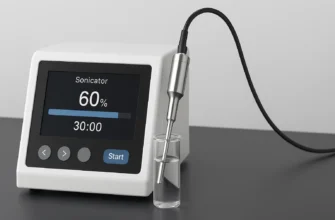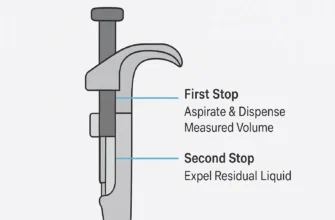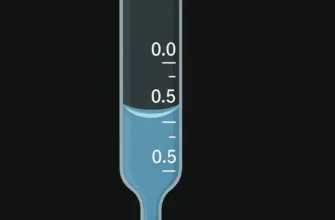In the field of quantitative analysis, success is measured in fractions of a milliliter. The burette, a cornerstone of laboratory equipment, is the quintessential tool for achieving this level of precision in scientific measurements. This guide explores the burette’s function, types, and the meticulous techniques required for its use in volumetric analysis.
Understanding the Burette: An Instrument of Precision
A burette is a piece of volumetric glassware designed to dispense a variable, but precisely known, amount of a liquid. Unlike a graduated cylinder, which measures contained volume, a burette is calibrated to deliver a titrant in a controlled manner, making it indispensable for titration processes. The word “burette” itself was coined by French chemist Joseph Louis Gay-Lussac in 1824.
There are three main types of burettes used in modern analytical chemistry:
-
Volumetric Burette: The classic glass burette, operated manually. It relies on gravity and the skill of the lab technician to control the flow via a stopcock, often made of Teflon.
-
Digital Burette: Also known as a piston burette, this type is based on a syringe design. A hand-operated wheel moves a piston, and the dispensed volume is shown on a digital display, eliminating the need to read a calibration mark and reducing human error.
-
Electronic Burette (e-burette): The most advanced type, the electronic burette uses a motor-driven piston for extremely smooth, pulse-free dispensing. Models like the microlit e-burette often feature a TFT touchscreen, a recirculation valve to save reagents, and can be connected to automated titration systems.
| Feature | Volumetric Burette | Digital Burette | Electronic Burette (e-burette) |
|---|---|---|---|
| Operation | Manual (gravity-fed) | Manual (piston wheel) | Motor-driven piston |
| Display | Graduated scale | Digital screen | Digital screen (TFT touchscreen) |
| Precision | Good; depends on user skill | High; eliminates reading errors | Highest; minimizes human error |
| Key Feature | Simplicity; low cost | Direct readout; easy to use | Automated, programmable dispensing |
The Burette’s Primary Role: Titration Processes
The burette is purpose-built for titration, a core technique in quantitative analysis used to determine the concentration of an unknown substance.
Common types of titration processes include:
-
Acid-Base Titrations: The most frequent application, used to determine the concentration of an acid or base.
-
Redox Titrations: Based on oxidation-reduction reactions.
-
Complexometric Titrations: Involve the formation of a complex, often used to measure metal ion concentrations.
Ensuring Reliability: Accuracy, Precision, and Calibration
In scientific measurements, accuracy and precision are distinct concepts. Accuracy is closeness to the true value, while precision is the reproducibility of results. A burette’s accuracy class (Class A or B) indicates its manufactured tolerance, with Class A being the higher standard for professional volumetric analysis.
To ensure trustworthy data, digital burettes and electronic burettes must be calibrated according to standards like ISO 8655-3. This process verifies that the volume a burette set delivers matches its digital readout. For a volumetric burette, calibration involves checking if the delivered volume matches the calibration mark on the glass.
Beyond titration, burettes are valuable in research and laboratory experimentation for dispensing precise volumes in tasks like preparing standard solutions or performing pH analysis. Whether using a traditional volumetric burette or advanced digital burettes, meticulous technique is the key to transforming a piece of laboratory equipment into an instrument of precision.

